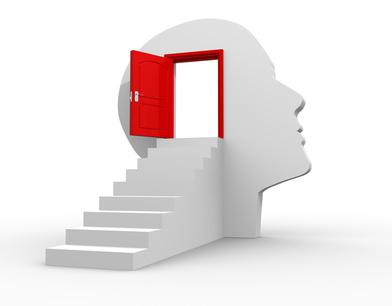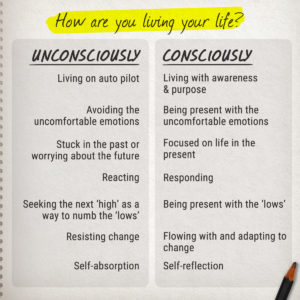Menu
Clinical Hypnotherapy
What is Clinical Hypnotherapy?
Clinical hypnotherapy uses hypnosis in therapy where the goal is to bypass the conscious mind allowing access to the subconscious which is so named as it is below our conscious awareness. Accessing the subconscious allows us to uncover and remove barriers to healing and performance.

An analogy would be if you imagine the conscious mind to be the captain of a ship, the subconscious mind is the crew down below in the engine room. Decisions are made by the captain but how smoothly the ship sails is dependent on the training the crew receives. The training of the crew is equivalent to the programs within the subconscious. These programs form at an early age as a result of our social, cultural conditioning and early interaction with caregivers and family. Life events especially stressful situations, physical and emotional trauma further contribute to these subconscious programs. Problems arise when these programs hinder our lives in adulthood.
Clinical hypnotherapy addresses these maladaptive programs by identifying and replacing them with more adaptive and functional programs.
What is Clinical Hypnotherapy used for?
- Anxiety
- Depression
- Emotional Eating
- Weight Loss Difficulty
- Mental Emotional Trauma
- Chronic Pain Management
- Phobias
- Addictions
- Achieving Peak Performance in Work, Sports
What does a Clinical Hypnotherapy session feel like?
Everyone enters a natural state of hypnosis moments before falling asleep and moments before fully awakening. The feeling while in that transition zone between sleep and wakefulness is typically what hypnosis feels like. Very relaxed yet aware. A common misconception is that while in hypnosis the person is asleep and without mental or physical control. This is portrayed in the media where a stage hypnotist entertains the audience by having volunteers engage in acts seemingly beyond their conscious control. This is quite the opposite in clinical hypnotherapy.
The aim of clinical hypnotherapy is neither to enter a state of sleep nor to relinquish control to the therapist. In fact, one consciously partakes in the therapeutic process while actively engaged during the session through the use of mental imagery, dialogue and the processing of material that arises during the session. As is said, all hypnosis is self hypnosis.




